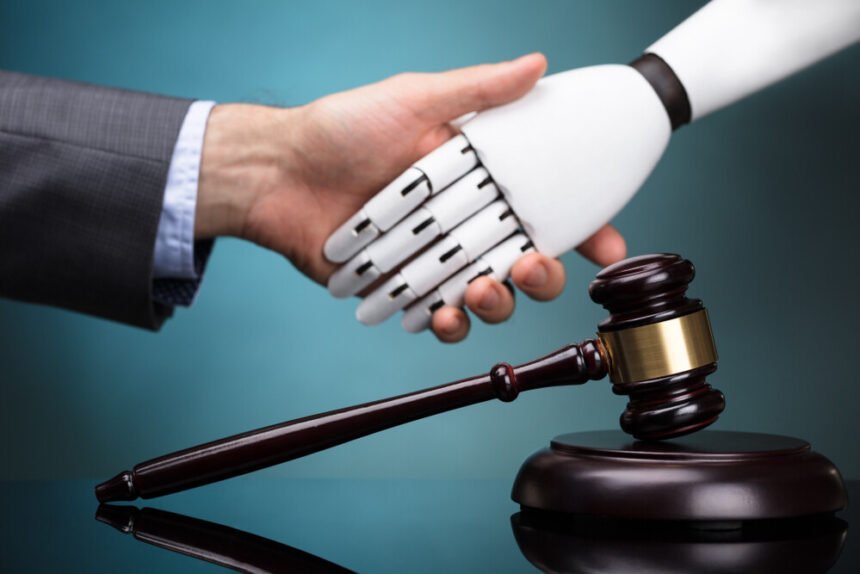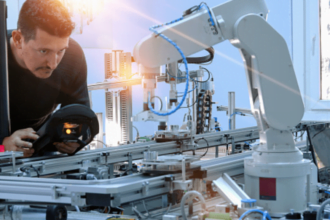Artificial Intelligence is raising the bar as far as law enforcement is concerned. Along with rapid data mining, surveillance, transaction monitoring and crime prevention; intelligent drones and bots are wading in to detect bombs, control crowds and maintain law and order.
Smart applications are even being developed that classify and rank the probability of known criminals committing another offence. Only ethical considerations and the burning issue of privacy are standing in the way of a global roll-out of real ‘live’ Robocops!
Let’s take a look at a few of the more successful applications of artificial intelligence in crime prevention and why criminals are being forced to become more and more sophisticated in their modus operandi:
Instantaneous Financial Transaction Tracking
The Dark Web and cryptocurrencies powered a surge in anonymous drug peddling, human trafficking and money laundering. Innocuous social media sites like Instagram and Facebook were increasingly used as open market places for the latest designer drugs, to promote and support youth radicalization and as unregulated springboards for organized crime syndicates that could conduct business without any real repercussions.
The sheer size and scale of the internet and social media sites meant that mining or tracking information using conventional methods was virtually impossible. Human intervention was simply no longer an adequate solution in arresting web-based crime.
Artificial intelligence has changed all that. Apps, tools and software platforms were developed to process large volumes of information, financial data and transactions. These tools systemically find, track and flag suspicious activity, whether it’s a conversation on social media or the dodgy transfer of funds between banks and other financial institutions.
AI has the capabilities to analyze huge amounts of data instantaneously and quickly identify anomalies that frequently reveal highly organized criminal networks. It provides a rapid response to nefarious activities on social media, at the online gambling or the bank… and often stops crime in its tracks before it even happens.
Remote Crowd Control and Surveillance
AI powered drones are already being deployed to control large unruly crowds using paintballs and pepper spray. On-board cameras send live images to police headquarters to enable the remote tracking of events. Some drones are even equipped with microphones so that law enforcement officials can disseminate information in real-time.
According to those in the know, drones will soon be able to identify known criminals using facial recognition software. The news that the US Army is at an advanced stage in developing swarms of insect sized drones capable of deploying mini-weapons means that we’re just one step away from tracking and immobilizing criminals from remote destinations.
Predictive Policing Tools
The latest breakthrough in crime prevention is predictive policing or the use of machine learning software to predict future crimes. In the UK, a smart AI-based system known as HART (Harm Assessment Risk Tool) actually classifies known criminals and ranks the probability of them committing one or more crimes sometime in the future.
Assessment criteria include criminal history, severity of existing crimes, flight risk and gender. The algorithmic risk assessment tool is used for several key determinations over and above crime prediction. It can determine whether an individual should get bail before or after a charge is issued or whether the suspect should be retained in custody for a longer period of time. The system uses police data collected over several years and has an accuracy rate of more than 85 percent.
Law Enforcement and Bomb Disposal Bots
Dubai is one of the first countries to deploy robotic police officers on the streets. These bots are intelligent, multilingual and have the capacity to read facial expressions and respond to basic questions. They even have built-in touchscreens to enable citizens to report crimes and cameras that send live images back to the police HQ.
In addition to law enforcement bots, there are intelligent bomb disposal robots that not only detect risk but are being trained to deactivate bombs. They are so efficient at what they do; the US military has invested more than $55 million in the procurement of these super-smart bomb detection bots.
AI and machine learning has proved beyond a shadow of a doubt that they are highly effective in identifying patterns and determining the modus operandi of criminals. In the not too distant future, these algorithms may be used to identify serial crimes committed by the same person or group of people wherever they are in the world.











